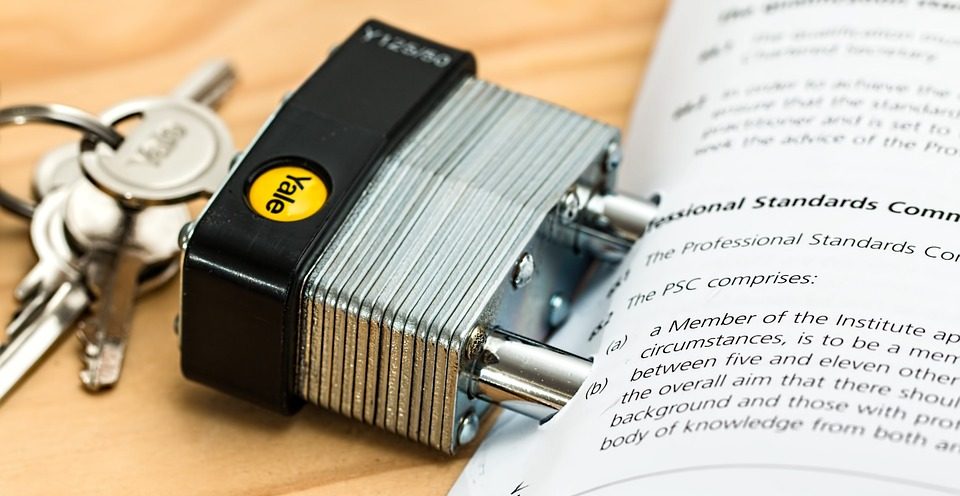Breach of contract claims are among the most prevalent types of civil lawsuits, encompassing a wide range of legal disputes involving individuals, businesses, and organizations of various forms and sizes. From sole proprietorships to large corporations, limited liability companies, nonprofits, joint ventures, and even educational institutions, any entity can be involved in or affected by a breach of contract claim.
These claims arise from diverse contractual agreements, including government contracts, purchase agreements, employment contracts, vendor agreements, non-compete agreements, real estate contracts, and many others. At the core of a breach of contract claim is the belief by one party, or both parties, that the other failed to fulfill their obligations as outlined in the agreement. This can lead to complex legal proceedings aimed at resolving disputes and enforcing contractual rights.
Common Types of Contract Disputes
Contract disputes encompass a range of issues that can arise between parties bound by a contractual agreement.
- Breach of Contract: One party fails to fulfill their obligations under the contract, such as non-payment, late delivery, or failure to perform as agreed.
- Misrepresentation: One party provides false or misleading information that induces the other party to enter into the contract.
- Unfair Terms: Allegations of unfair or unconscionable terms in the contract that render it unenforceable.
- Contract Interpretation: Disputes over the interpretation of contract terms, including ambiguous language or conflicting provisions.
Steps in Contract Dispute Litigation
Resolving contract disputes through litigation typically involves the following steps:
- Initial Assessment: Review the contract, relevant documents, and correspondence to assess the merits of the dispute.
- Demand Letter: Send a formal demand letter outlining the basis of the dispute and seeking resolution through negotiation or alternative dispute resolution methods.
- Filing a Lawsuit: If negotiation fails, initiate a lawsuit by filing a complaint in court, alleging breach of contract or other legal claims.
- Discovery Process: Exchange information and evidence through discovery, including document production, depositions, and interrogatories.
- Pre-trial Proceedings: Participate in pre-trial hearings, motions, and conferences to streamline the litigation process.
- Trial: Present the case before a judge or jury, examining witnesses, presenting evidence, and arguing legal theories.
- Judgment: Obtain a judgment from the court based on the outcome of the trial, which may include monetary damages, specific performance, or other remedies.
Elements of a Breach of Contract Claim
When pursuing a breach of contract claim in litigation, certain elements must be established to prove that a valid contract existed and that one party failed to fulfill its contractual obligations. Here are the key requisites of a breach of contract claim:
1. Existence of a Valid Contract
The plaintiff must demonstrate the existence of a valid and enforceable contract between the parties. This includes showing that there was a mutual agreement, offer, acceptance, consideration exchanged, legal capacity of the parties, and a lawful purpose.
2. Identification of Contractual Obligations
Clearly identify the specific contractual obligations that the defendant allegedly failed to perform. This could include payment for goods or services, delivery of goods by a specified date, or adherence to contractual terms and conditions.
3. Breach of Contract
Establish that the defendant breached the contract by failing to fulfill their contractual obligations as agreed upon in the contract terms. The breach may be material (substantial) or immaterial (minor), depending on the impact on the contract’s purpose.
4. Notice of Breach
In some cases, the plaintiff may need to provide notice of the breach to the defendant, allowing them a reasonable opportunity to cure (fix) the breach or remedy the situation.
5. Damages
Demonstrate that the plaintiff suffered damages as a result of the defendant’s breach of contract. Damages may include financial losses, lost profits, costs incurred due to the breach, or specific performance (requiring the defendant to fulfill their contractual obligations).
6. Causation
Show a causal link between the defendant’s breach of contract and the resulting damages suffered by the plaintiff. The damages must be a direct consequence of the breach and reasonably foreseeable.
7. Legal Remedies
Specify the legal remedies sought by the plaintiff to compensate for the breach of contract, such as monetary damages, specific performance (forcing the defendant to fulfill the contract), or rescission (cancellation) of the contract.
The appropriate remedy depends on the specific circumstances of the breach and the desired outcome sought by the aggrieved party. Seeking legal advice from experienced contract litigation attorneys can help parties understand their rights and options for pursuing remedies in cases of breach of contract.
Consult Experienced Civil Litigator Seth Kretzer
If you’re involved in a contract dispute or business litigation, don’t hesitate to seek the assistance of a trusted legal professional. Seth Kretzer, a civil appeal attorney with extensive experience in contract and business dispute litigation, offers nationwide legal services to individuals and businesses seeking effective legal representation.
Contact Seth Kretzer today at 713-775-3050 to discuss your case and explore your legal options.





